Apple’s 2016 WWDC event.
The dust has settled from WWDC, Apple’s big event for developers.
Although there aren’t any new products immediately on the horizon, everything that was announced this week will eventually change the way you use your Apple devices.
Here are the five most important things we learned from Apple this week:
iOS 10 is a massive upgrade
iOS 10, which will be available this fall, is the biggest update to iOS since 2013’s iOS 7, which was a complete redesign. (Even then, iOS 7 justlooked different. There weren’t many new features.)
The update has loads of thoughtful improvements and design tweaks, including better notifications on the lock screen, a new window for widgets that upload with live information from your favorite apps, and the chance to finally delete the apps from Apple that you don’t want. I could go on and on about everything that’s changing, but you can get more details here.
You’d think that after 10 versions of iOS there isn’t much left to fix, but when you add up all the new iterations and features, you get one massive upgrade.
iMessage is turning into Apple’s social network
 AP
AP
iMessage is the most-used app on the iPhone, according to Apple, but it’s been strangely neglected since its introduction five years ago. With iOS 10, iMessage is getting a complete overhaul, and it’s packed with more features than I could possibly list here.
The app is one of the most important things keeping users locked into iOS, and now it has many of the capabilities you’d find in rival social networking and messaging services. Between sticker packs, third-party apps, and several clever new ways to message your friends, Apple has turned iMessage into a full-on social network.
If you ever wondered if Apple would try to become a social media company, you now have your answer.
We’re only seeing the beginning of what Siri can do
 REUTERS/Stephen Lam
REUTERS/Stephen Lam
Siri is about to get its biggest upgrade ever.
In iOS 10, third-party apps will be able to tie into Siri’s controls. At first, only six broad categories of apps (fitness, payments, ride booking, messaging, photos, and VoIP calling) will be able to link to Siri, but it’s not a stretch to imagine Apple opening it up even more in the future.
Still, that’s a great start. A lot of people think voice controls and AI will eventually become the next big thing that help us communicate with technology, and it’s not hard to see why. It’s much easier to perform one-off actions with your voice than it is to tap and swipe around an app. (“Siri, call me an Uber!”) Amazon’s Echo speaker has already proven the potential for this.
On top of that, Siri is coming to the Mac. It won’t work with third-party apps, but you can use it to do desktop-specific tasks like searching for files and copy and pasting images from web searches.
The Apple Watch is finally improving
After over a year, the Apple Watch will finally get a meaningful software update. watchOS 3, which launches this fall, includes a lot of important changes to the Apple Watch including faster load times for apps and easier navigation. Now it’s up to developers to take advantage of those improvements and start making useful experiences for the Apple Watch.
The Apple TV still hasn’t revolutionized television
 AP
AP
Apple TV is getting a software update this fall too. Most of the updates are pretty small except for one thing: Apple will now allow cable and satellite providers to create a universal login for TV apps. That means you don’t have to individually log into and authenticate apps like ESPN, CNBC, FX, and others. Just sign in with your TV provider once and you’re good to go.
It’s useful, but it’s also a sign that Apple continues to struggle with its grand vision to revolutionize how you get TV over the internet. According to several reports, Apple’s plans to launch a live streaming TV service have stalled. The universal sign in feature feels like a stop gap until Apple can launch its own product.
